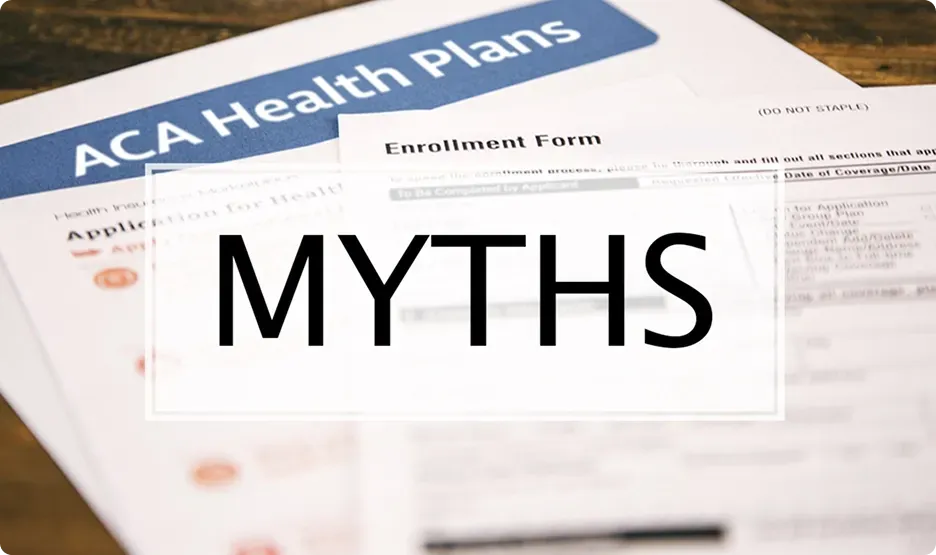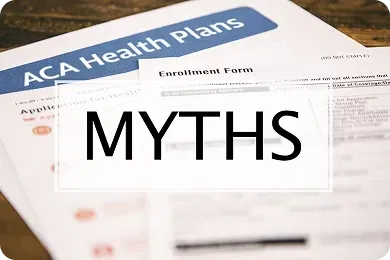Common Myths About the Affordable Care Act
Since its introduction in 2010, the Affordable Care Act (ACA), often known as "Obamacare," has been surrounded by myths and misconceptions. While the law has provided millions of Americans with access to affordable health insurance, confusion continues to cloud public understanding. In this article, we’ll separate fact from fiction by addressing some of the most common myths about the ACA.
Myth 1: The ACA Created “Government-Run” Health Care
Reality
The ACA did not replace private health insurance with a government-run system. Instead, it built upon the existing framework by creating online marketplaces where individuals can shop for coverage from private insurers. The law also expanded Medicaid in many states to cover more low-income individuals. Hospitals, doctors, and insurance companies remain privately operated.

Myth 2: Everyone Is Required to Have Insurance or Pay a Penalty
Reality
While the ACA originally included an “individual mandate” requiring most Americans to have health insurance or pay a penalty, this penalty was reduced to $0 starting in 2019 at the federal level. Some states, however, have enacted their own insurance mandates, but there is no longer a nationwide penalty for going uninsured.
Myth 3: The ACA Made Health Care More Expensive
Reality
Health care costs were already rising long before the ACA. In fact, the law introduced measures to slow the growth of health care spending, such as promoting preventive care and reducing hospital readmissions. For many, the ACA lowered costs through subsidies, Medicaid expansion, and caps on out-of-pocket expenses. While premiums can still rise, most enrollees with subsidies pay significantly less than the full cost.
Myth 4: You Can’t Keep Your Doctor Under the ACA
Reality
The ACA does not force people to change doctors. What can affect doctor choice is the insurance plan a person selects. Just as before the ACA, some plans have narrower networks, meaning certain doctors may or may not be included. Patients who want to keep a specific provider should review plan networks carefully when enrolling.
Myth 5: The ACA Provides Free Health Insurance for Everyone
Reality
Tags
## Hashtag

